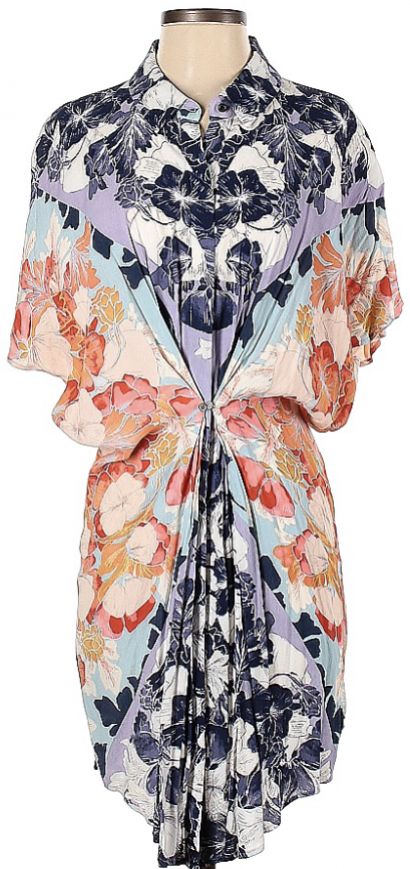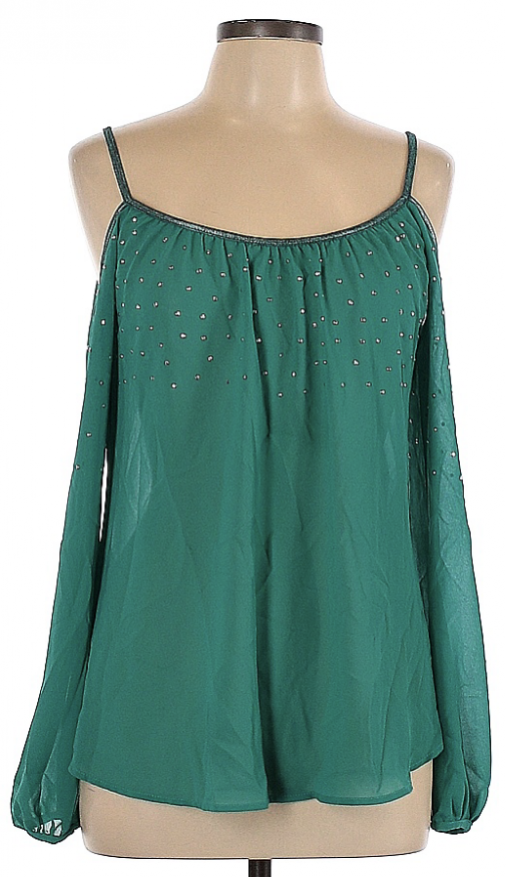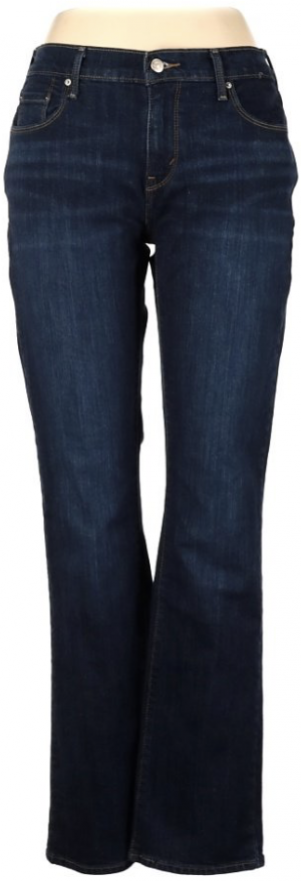You're Allowed More Than One Capsule
One for every activity, in every season
Because your wardrobe should fit your life, your capsule wardrobe checklist will look different from anyone else's. You could go to Pinterest right now and find a hundred different ways to build a capsule wardrobe. Most of them will list out for you the exact items you should buy (white tshirt, striped tshirt, dark wash jeans, etc.)
Any free download on Pinterest that tells you each item your capsule should contain is wrong. I mean, how could they possibly know what your capsules need if they don't know what you'll be doing in your clothes? And there’s definitely no way they could address your personal style, shapes, best colors, or budget without knowing you.
We’re going to move forward with all of that information in our toolbox to create a lifestyle wardrobe plan specific to your needs. Let’s do this!
WHAT DO YOU NEED CLOTHES FOR?
Make a list of your weekly activitites
To determine what kinds of capsules you need, how many, and what should be in each of them, make a list of all the things you do on a weekly basis. Then write about how many days a week you usually do each activity.
For example,
Work 4 days/week
Errands 3 days/week
Gym 3 days/week
Date night 1 day/week
Out with friends 2 days/week
Hiking 1 day/week
Once you've listed out all your weekly activities, add things like “opera” if it’s something you do once in a while and want to be sure you have clothes for, but don’t do weekly.
Then think about if any of your activities share the exact same wardrobe. If so, group them into one activity. If they only partially overlap, keep them separate for now.


HOW DOES THAT TRANSLATE INTO CAPSULES?
You'll have a capsule for each activity
Now that you have a very clear idea of what your weekly activities are and how many times a week you do them, we can start to build your lifestyle wardrobe checklist around them. This is where the process gets personalized, and you start to see what kinds of clothes you need to work for you.
Here are a few things to keep in mind as you build out your capsules.
--> Some activities will have larger capsules than others.
--> Depending on where you live, you may have two or four seasonal capsules for each activity as well.
--> You'll have some capsules that overlap and can borrow from each other.
--> Some basic pieces, like a white tshirt, might work for several capsules. Those will be good pieces to purchase first if you're shopping.
CAPSULE CHECKLIST
How many of each thing do you need?
Now you're going to create a checklist of all the capsules you need, and how many tops, bottoms, and outer layers you'll want to have in each one.
Bear with me here; this part can feel a little overwhelming.
On your list of activities, think about how many tops, bottoms, and outer layers you want for each activity, based on how many days a week you do it. It may not be the same for every activity/capsule, and that's okay.
For example, you may be fine wearing the same two shirts and two pairs of pants to the gym three days a week, but you might not want to have such a limited wardrobe for errands, even if you do them the same number of days a week.
Write out how many tops, bottoms, and outer layers you want for each activity. Then, if you need to, write x2 or x4 next to the activities that need the same capsule repeated in a different season.
I'm sharing a screenshot of my own capsule wardrobe page to the right as an example.


LAY OUT EACH CAPSULE, CHECK OFF YOUR LIST
Know what you have and what you need
Once you have all of your capsules listed, and how many tops/bottoms/shoes/etc. you want for each one, it's time to go to your closet.
I suggest you work on one capsule at a time, physically laying out the pieces you have on your bed. Don't lay out anything you don't really like or won't really wear. Be honest here.
Lay out exactly as many tops/bottoms/etc as are on your sheet. Then see if you can make outfits with each possible combination. If not, and if you have another piece in your closet, see if you can switch out a shirt for a shirt or pants for pants and come up with more combinations. If so, keep the item that creates more possible outfits.
Then check off your list the number of shirts, pants, etc. you actually have that work well together for that capsule. If you've got extra shirts or pants or accessories or whatever, you might want to jot them down just so you have an idea of where you have extras.
Whether you get rid of those extra pieces or keep them is totally up to you. I'm not an advocate for a limit to the number of items in your closet. But I do find it helpful to actually know what I have, and how often I can use something. If a top really only goes well with one bottom, I might decide to let it go if I've got some other, more versatile pieces. The choice here is yours.
Make a note, too, of where you have fewer pieces in your capsule than you want. See if you can come up with a piece from your closet that maybe you'd planned to use for another capsule. If so, maybe jot a note that you have something that sort of works for that capsule, but that you'd like to get one more pair of pants, or whatever it is.
WHEN IT'S TIME TO SHOP, START HERE
Shop in this order
Once you have a clear idea of what you want to have and what you actually have for each capsule, here's how I recommend you go about shopping.
First, buy anything that is a hole in your wardrobe. In other words, if you wanted eight work shirts, but you only have six, put "two work shirts" right at the top of your list.
Then buy anything that you have that sort of works, or that you can borrow from another capsule, but that you don't really love. You'll replace the item you have that only sort of works. If you keep or get rid of the so-so item is totally your call. Maybe it's just okay in this capsule, but is perfect for another one.
Finally, shop for fun, trendy, extra pieces that give you variety. This step is only for once you have everything you need to have a functional wardrobe for every activity in your weekly routines.


You've been asking for it, so here it is!
I get it. It's hard to do XYZ, and you've already got a lot going on. It doesn't have to be complicated; you're allowed to let it be easy.
In this course, I'll walk you through how to XYZ without the frustration of ABC.
BLOG POST TITLE
First few lines of blog content... [Read more]
BLOG POST TITLE
First few lines of blog content... [Read more]
BLOG POST TITLE
First few lines of blog content... [Read more]
BLOG POST TITLE
First few lines of blog content... [Read more]
62741259a78f4_lg.png)
626ba1579b935_lg.png)
626ba05502a7f_lg.png)
626b9f69891e7_lg.png)
